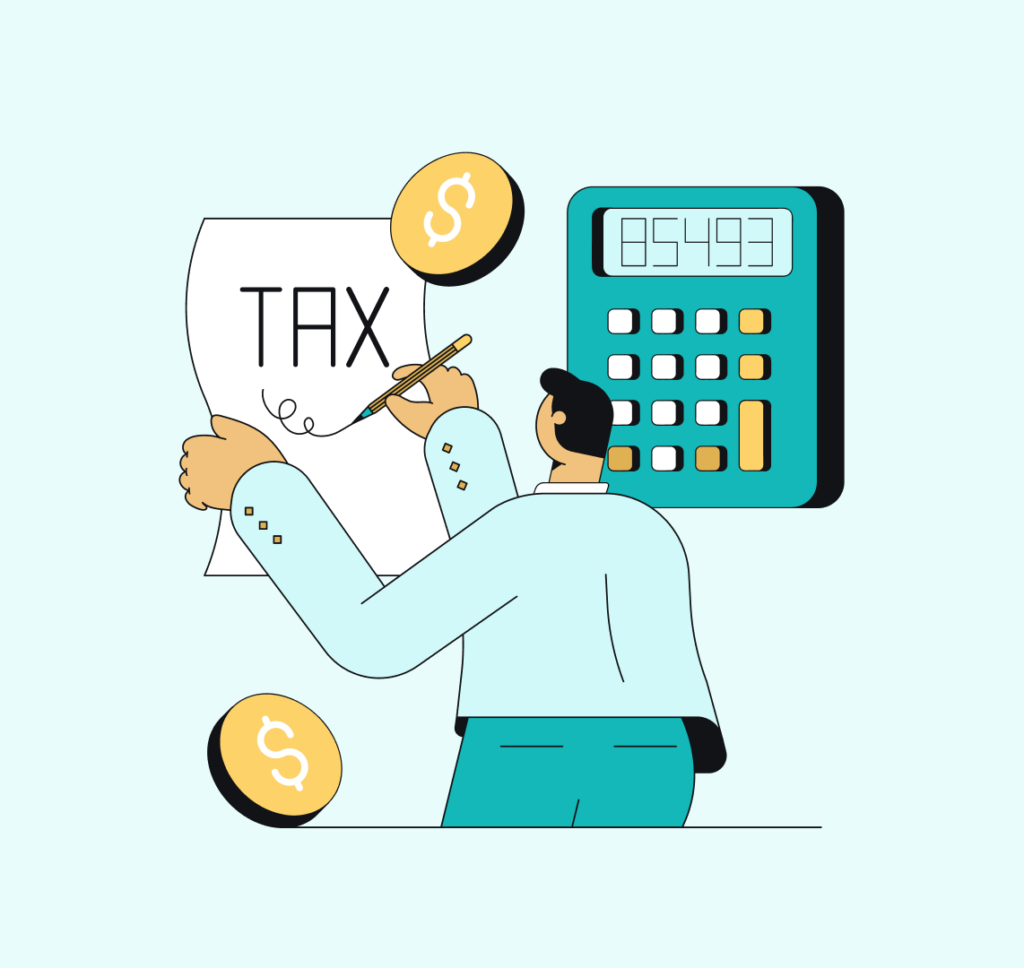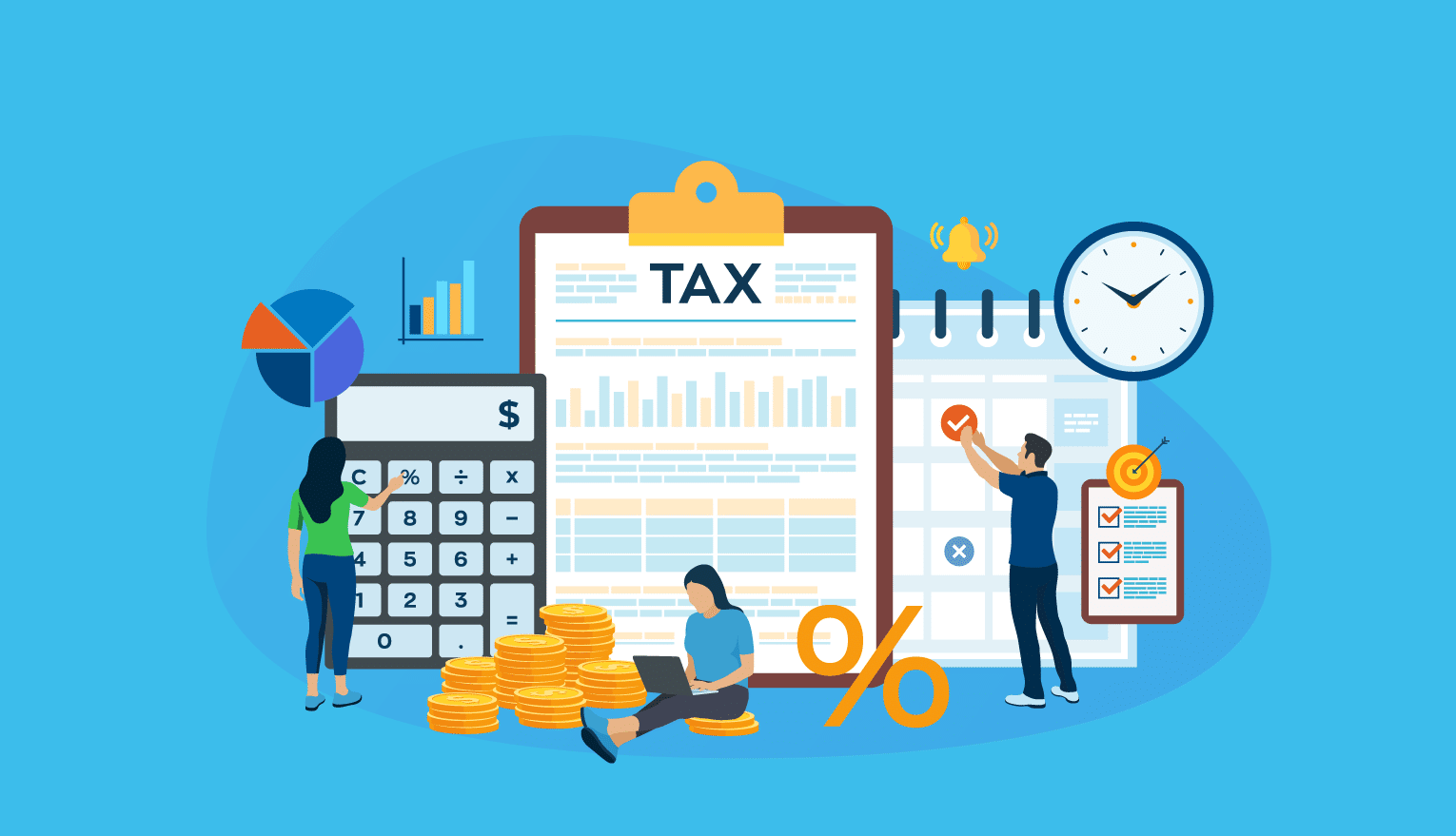Are you ready for tax season? Many Americans spend money every year just to get their tax returns done. But did you know you don’t have to pay to get your taxes filed? There are lots of free options available now, and the IRS has introduced a new option called Direct File.
Tax season starts on Jan. 29 this year, and your returns are due by April 15. Let’s get prepared to file your taxes and save some money along the way!
Table of Contents
What You Need to Know
Thinking about filing your tax return? If your income in 2023 was less than $13,850 for single filers or $27,700 for married couples filing jointly, you might not have to file a return. But it could still be a good idea to do so! Even if your income is low, you might qualify for some helpful benefits that could increase your refund.
One thing to watch out for is over-withholding. If taxes were taken out of your paycheck during 2023, you might be able to get some or all of that money back when you file your return. Just make sure to collect all your W2 forms from your employers and include that information when you fill out your tax form.
You might also qualify for the Earned Income Tax Credit (EITC) if you worked or were self-employed and earned under $63,698. The amount of EITC you could get depends on your income and how many qualifying children you have.
Additionally, there’s the Child Tax Credit (CTC), which is worth up to $2,000 per qualifying child. Some of this credit may even be refundable, meaning you could get it back as a refund even if you don’t owe any taxes. Just make sure you earned more than $2,500 to be eligible for the CTC.
Why Doing Taxes Can Be Complicated?
Taxes have become more complicated over time. Originally, the government mainly collected taxes on goods and alcohol. But in 1913, income taxes started. At first, only rich people paid them.
As time passed, more people had to pay taxes. This made filing taxes more complex. During World War II, taxes were taken out of people’s paychecks. The tax code also added new things, like deductions and credits.
To help with the complex tax filing process, companies like H&R Block started offering paid services. In the 1990s, tax credits expanded, making taxes even more complex. People began seeking help to make sure they didn’t miss out on these credits.
The IRS tried to make tax filing easier by promoting online filing through Free File. However, some companies pushed people to pay, even though there were free options available. Despite this, there are still free ways to file taxes, making it simpler for everyone.
Different Ways to File Your Taxes
Here are a few different ways you can file your taxes:
Free File
Free File is a service offered by the IRS in partnership with several tax preparation software companies. It allows eligible taxpayers to prepare and file their federal tax returns using free guided tax preparation software. Some of these programs also offer free state tax return filing.
To qualify for Free File, your adjusted gross income for 2023 must have been $79,000 or less. Adjusted gross income is your total income minus deductions. Even if your income is higher than $79,000, you can still use Free File Fillable Forms, which are electronic forms for filing federal taxes without guidance.
To get started, choose one of the eight Free File Partner software programs. Each program has its own eligibility requirements, so make sure you meet them. You can use the IRS’s lookup tool to find a software partner based on your income and other factors.
Once you’ve selected a software partner, create an account or log in if you’ve used the service before. The program will guide you through the process of filing your return.
Here’s the information you’ll need to have on hand:
- Social Security numbers for yourself, your spouse, and dependents
- W-2s from all your employers
- Social Security benefits and unemployment compensation
- Income receipts from any small business, rental properties, or investments
- Forms 1099-INT, 1099-G, 1099-DIV, and 1099-R
- Form 1095-A and Form 8962 if you have health insurance through the Affordable Care Act
- Your last year’s tax return to verify your identity
To make the process easier, double-check the requirements for the program you choose. You can also search online for feedback on specific Free File platforms. If you’re asked to pay for a service that was supposed to be free, don’t pay. Look for another free preparation service instead, even if it means starting over.

Direct File
Direct File, a new initiative from the IRS, offers an easy way to file your federal taxes online without any cost. It’s a straightforward process that provides step-by-step guidance in both English and Spanish, and you can chat with customer service if you need help. Currently, Direct File is in a trial phase and is available in certain states.
Direct File is designed for individuals with uncomplicated tax situations, such as those with income from a W-2, Social Security, or unemployment benefits. It’s also suitable for claiming credits like the earned income tax credit and the child tax credit. However, if you have income from self-employment or if you itemize deductions, you may not qualify.
To use Direct File, you’ll need to create an account with ID.me, a service that helps verify your identity and prevent fraud. Once your account is set up, you can log in to the Direct File website and follow the simple instructions to complete your tax return.
After you submit your return, you’ll receive confirmation emails from Direct File and the IRS. While Direct File doesn’t handle state returns, it will direct you to state-supported tools for filing state taxes in certain states.
Before you begin, gather all necessary documents, such as your W-2 and any 1099 forms. Direct File doesn’t automatically fill in your information, so you’ll need to enter it manually. If you have any questions or need assistance during the process, take advantage of the customer service chat option.
Volunteer Income Tax Assistance (VITA) and Tax Counseling for the Elderly (TCE)
There are two programs, Volunteer Income Tax Assistance (VITA) and Tax Counseling for the Elderly (TCE), that provide free tax preparation help by certified professionals. These services are open to people who earn less than a certain amount or are 60 years old or older. VITA and TCE sites help with different types of income and tax credits, but they don’t handle complex returns like those with business income or capital gains.
If you earn $64,000 or less, have disabilities, or speak limited English, you’re eligible for VITA. TCE is for seniors aged 60 and older who need help with their taxes.
Find a VITA or TCE site near you using the IRS’s lookup tool and check if you need to make an appointment. Bring important documents like your ID, Social Security cards, last year’s tax return, W-2s, and other income and deduction information. Book an appointment early, as sites can get busy.
Military Tax Assistance with MilTax
What is it? MilTax is an online platform that lets military members, veterans, and their families file their taxes for free. It’s tailored for military life and includes help with special situations like deployments and combat pay. There’s no income limit to using MilTax.
Active duty, retired, or discharged service members and their immediate family members can use MilTax. This includes National Guard and reserve members and caregivers of wounded service members.
Verify your eligibility with your DoD ID number or Social Security number. Then gather your tax documents and use the free preparation software, which guides you through military-specific tax benefits.
You can chat with tax consultants or schedule an appointment for help. Some VITA centers offer MilTax preparation too.
These free programs are helpful for many people, but if your tax situation is complex, they may not cover everything. Still, it’s worth exploring your options for no-cost tax filing. If the Direct File pilot is successful, it could provide another free option in the future.
Considerations Before Choosing a Paid Tax Preparer
Before deciding to hire someone to prepare your taxes, take these factors into account:
The fees you pay will depend on how complicated your tax return is. If you have multiple sources of income, claim certain tax credits, or experienced significant life changes during the year, your preparation fees may be higher. However, even if your return is complex, you might still qualify to file for free. Check with free tax providers before paying for preparation services.
- Make sure the person you hire is qualified to prepare taxes. You can verify their credentials using the IRS directory of federal tax return preparers.
- Research the preparer’s background. You can contact the Better Business Bureau to learn more about their track record.
- Inquire about the preparer’s fees upfront. Be cautious of preparers who promise bigger refunds than their competitors.
- Confirm that the preparer will be accessible after the tax filing deadline in case you need assistance later.
- Your tax documents, like W-2s, belong to you. Preparers cannot keep the originals or your identification to force you to use their service. They should only need copies for their records.
- Ensure the preparer signs your return and includes their Preparer Tax Identification Number (PTIN). This is required by law for all paid preparers.
- Paid preparers may offer you extra services, such as refund anticipation checks or advance loans, which could reduce your refund amount. Make sure to carefully consider whether these products are worth it for you.
By keeping these points in mind, you can make an informed decision when choosing a tax preparer and ensure your tax filing process goes smoothly.
Beware of Tax Scams
Be cautious of scammers who pretend to be the IRS in order to steal your personal information. Many people have fallen victim to tax scams, resulting in the loss of millions of dollars and sensitive data. Scammers use various methods, including mail, phone calls, and emails, to target individuals, businesses, and tax professionals.
Remember, the IRS never contacts taxpayers via email, text messages, or social media to ask for personal or financial details. Educate yourself on how to spot the signs of a scam and learn how to distinguish genuine IRS communication from fraudulent attempts, whether it’s through phone calls or visits to your doorstep. Stay vigilant to protect yourself and your information from falling into the hands of scammers.
By following the guidelines provided and being cautious of potential scams, you can navigate the tax filing process with confidence and ensure compliance with IRS regulations. Remember, staying organized, seeking assistance when needed, and verifying the legitimacy of any tax-related communications are key steps to successfully filing your taxes this year.
Take charge of your taxes today and file with confidence! Explore our guide and make the most of your potential refund. Let us know in the comments if you found these tax filing tips helpful or if you have any questions! We’re here to help.

















